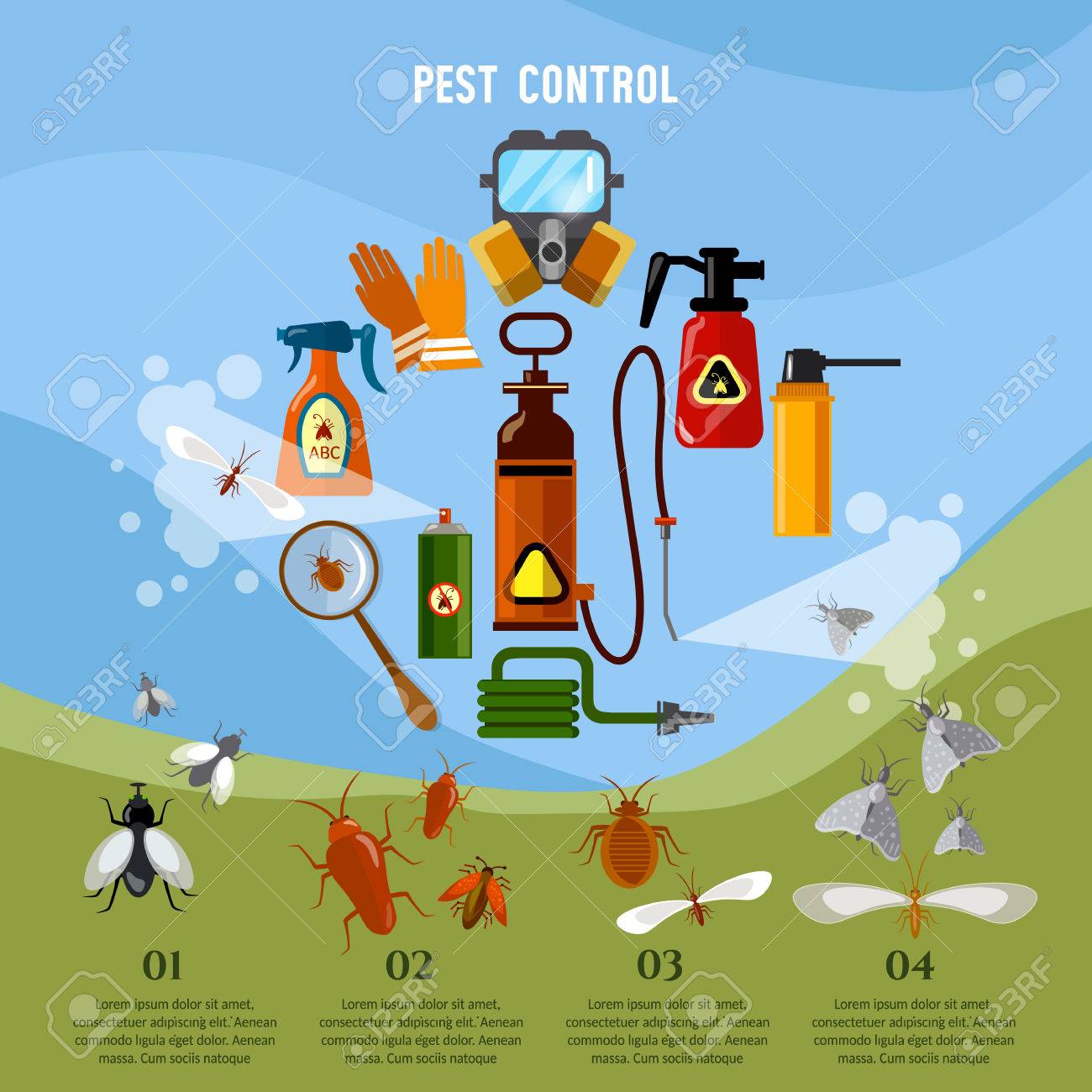Rodent Control Recognizing Usual Rodent Actions
Rodent Control Recognizing Usual Rodent Actions
Blog Article
Author-TRUE Thorsen
When it involves rodent control, comprehending usual rodent behavior is essential to effectively handling invasions. Did you know that rats have some interesting nesting routines that might shock you? By exploring Read Home Page , you can acquire valuable understandings into just how to take on rodent problems in a more strategic and efficient manner. So, let's unwind the enigmas behind these animals' activities and discover exactly how to outsmart them in your rodent control initiatives.
Rodent Nesting Behaviors
When observing rats in their natural environment, you'll notice that they proactively look for products to construct their nests. Rats, such as computer mice and rats, are clever creatures that utilize a range of items like branches, leaves, paper, and textile to build their homes. They're meticulous in their nest-building process, usually lining their nests with softer materials like fur or plumes to create a cozy environment.
Rodents favor to construct their nests in hidden and safe and secure places to protect themselves and their young from killers. Common nesting places include wall cavities, attic rooms, basements, and also within insulation materials. By constructing their nests in these secluded locations, rodents can securely elevate their children far from potential dangers.
It is necessary to understand the nesting behaviors of rodents when implementing control actions. By disrupting their nests or removing products, you can dissuade rats from developing a visibility in your home or building. Correct hygiene and sealing entrance points are additionally vital steps in avoiding rodent problems.
Rat Feeding Patterns
After observing rodents' nesting behaviors, it becomes noticeable that their feeding patterns play an essential function in their every day lives and behaviors. Rodents, including mice and rats, are opportunistic feeders, indicating they'll eat whatever food resource is readily available. They're mostly nocturnal animals, liking to forage for food throughout the cover of evening to avoid killers.
Rodents have a varied diet regimen, ranging from grains, seeds, fruits, and vegetables to insects, nuts, and also tiny animals. This adaptability in their food choices allows them to thrive in numerous settings, consisting of urban locations where human food resources are bountiful.
Their feeding patterns aren't only driven by cravings but additionally by the demand to stock food for times of shortage. This habits is especially visible in preparation for cold weather or when nesting. Rodents are understood to hoard food in their nests or burrows, ensuring a constant food supply. Recognizing their feeding patterns is important in implementing efficient rodent control measures to disrupt their food resources and prevent problems.
Rodent Motion and Travel
Rodents browse their environments with agility and stealth, using their eager detects to relocate promptly with their atmospheres. These creatures are skilled mountain climbers, able to range walls and upright surfaces with ease. They can likewise squeeze through remarkably tiny openings, making it vital to seal any prospective entrance factors in your house.
When it pertains to traveling, rodents have a tendency to follow acquainted courses, creating routes along wall surfaces or skirting the sides of areas. They're creatures of habit, commonly adhering to these established paths as they forage for food or explore their environments.
Rodents are recognized for their nighttime routines, so you may hear them hurrying around at night as they search for food and water. Their activities are quick and irregular, allowing them to dart in and out of view in the blink of an eye.
Understanding just how rodents move and travel can assist you recognize possible infestation areas in your house and take positive steps to avoid these insects from acquiring a foothold.
Final thought
As you function to regulate rodents in your house, keep in mind that comprehending their actions is key. By recognizing their nesting behaviors, feeding patterns, and movement, you can effectively stop problems.
Coincidentally, by taking positive measures to remove food resources and seal off access points, you can interrupt their acquainted courses and require them to look for brand-new areas, eventually decreasing the probability of rodent visibility in your space.
